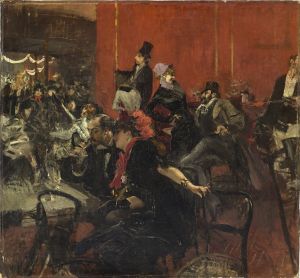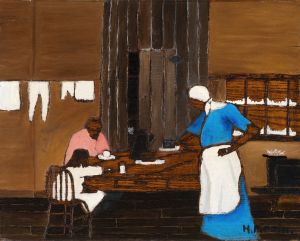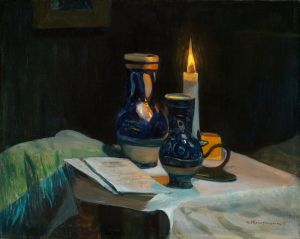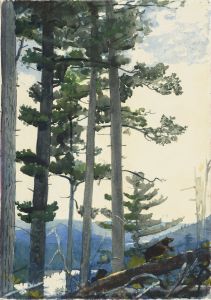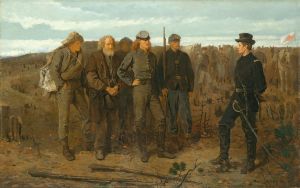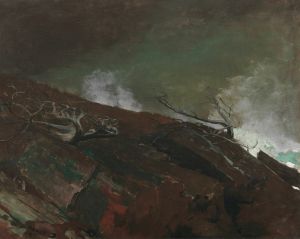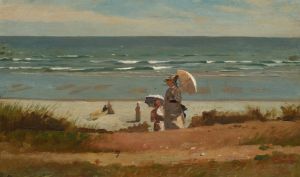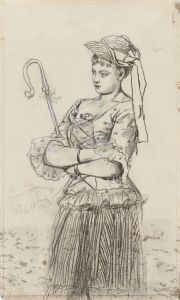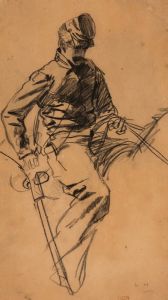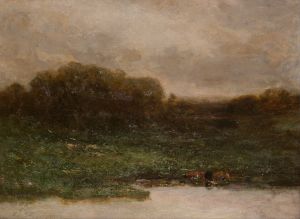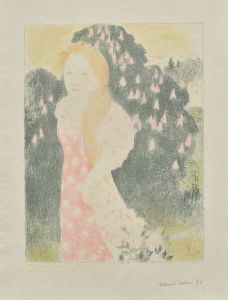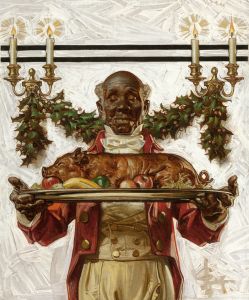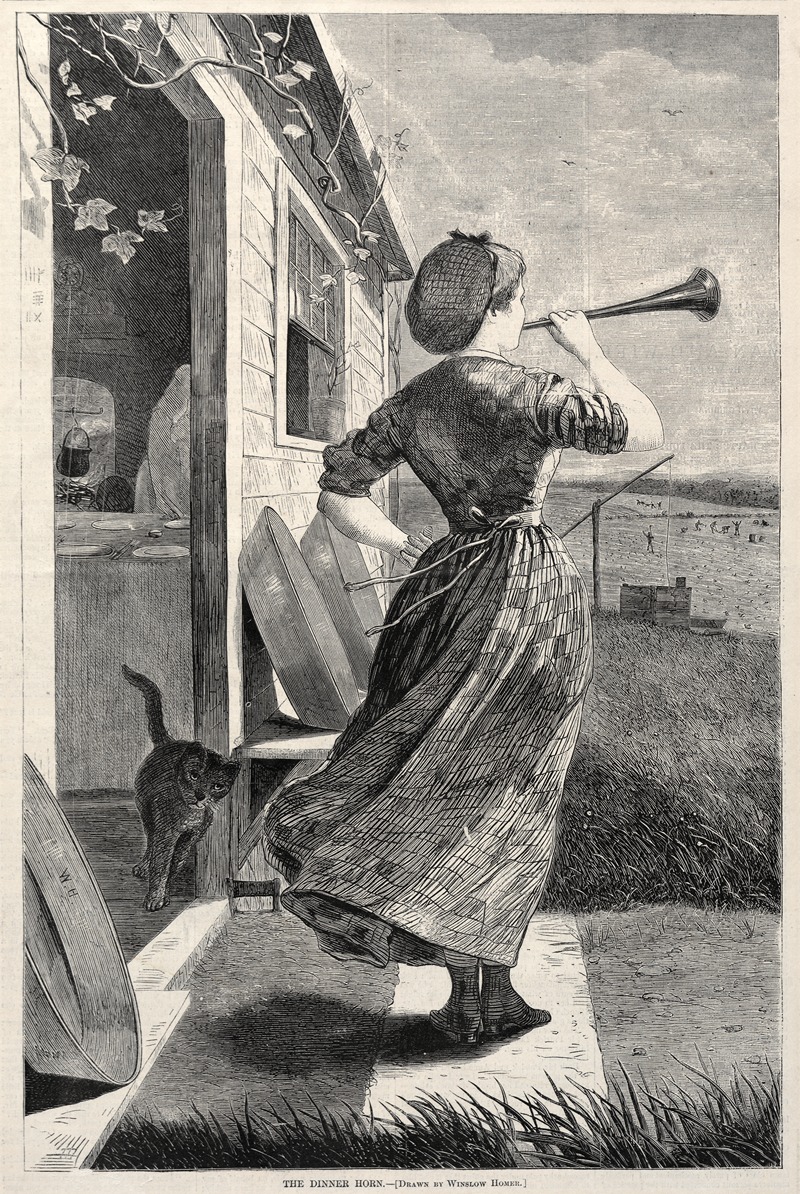
The Dinner Horn
A hand-painted replica of Winslow Homer’s masterpiece The Dinner Horn, meticulously crafted by professional artists to capture the true essence of the original. Each piece is created with museum-quality canvas and rare mineral pigments, carefully painted by experienced artists with delicate brushstrokes and rich, layered colors to perfectly recreate the texture of the original artwork. Unlike machine-printed reproductions, this hand-painted version brings the painting to life, infused with the artist’s emotions and skill in every stroke. Whether for personal collection or home decoration, it instantly elevates the artistic atmosphere of any space.
"The Dinner Horn" is a painting by the renowned American artist Winslow Homer, completed in 1870. Homer is celebrated for his contributions to American art, particularly his depictions of rural life and the American landscape. This painting is a quintessential example of his work during the post-Civil War period, reflecting both his artistic style and the cultural context of the time.
"The Dinner Horn" portrays a young woman standing in a field, blowing a horn to call workers in from the fields for a meal. The setting is a rural landscape, typical of the New England region where Homer spent much of his time. The painting captures the simplicity and tranquility of rural life, a common theme in Homer’s work. The woman is depicted in a moment of pause, her figure silhouetted against the expansive sky, which dominates much of the composition. This use of space and the focus on the sky are characteristic of Homer’s style, emphasizing the vastness and beauty of the natural world.
Homer’s technique in "The Dinner Horn" reflects his skillful use of light and shadow, which adds depth and realism to the scene. The play of light on the woman’s dress and the surrounding landscape highlights Homer’s attention to detail and his ability to capture the subtleties of natural light. This attention to detail is a hallmark of Homer’s work, contributing to the lifelike quality of his paintings.
The painting is also notable for its composition and use of color. Homer employs a palette of earthy tones, which enhances the natural setting and the realism of the scene. The contrast between the dark silhouette of the woman and the lighter background draws the viewer’s eye to the central figure, creating a focal point that anchors the composition.
"The Dinner Horn" is part of a broader body of work by Homer that explores themes of rural life and the American experience. During the late 19th century, America was undergoing significant social and economic changes, and Homer’s work often reflects a nostalgia for simpler times and a connection to the land. This painting, like many of his others, can be seen as a commentary on the changing American landscape and the enduring values of hard work and community.
Homer’s work, including "The Dinner Horn," has been influential in the development of American art. His ability to capture the essence of American life and landscape has earned him a lasting place in art history. Today, "The Dinner Horn" is appreciated not only for its artistic merit but also for its historical significance, offering insight into the cultural and social context of 19th-century America.
Overall, "The Dinner Horn" exemplifies Winslow Homer’s mastery of technique and his ability to convey the beauty and simplicity of rural life. It remains a significant work within his oeuvre and continues to be celebrated for its artistic and historical value.





